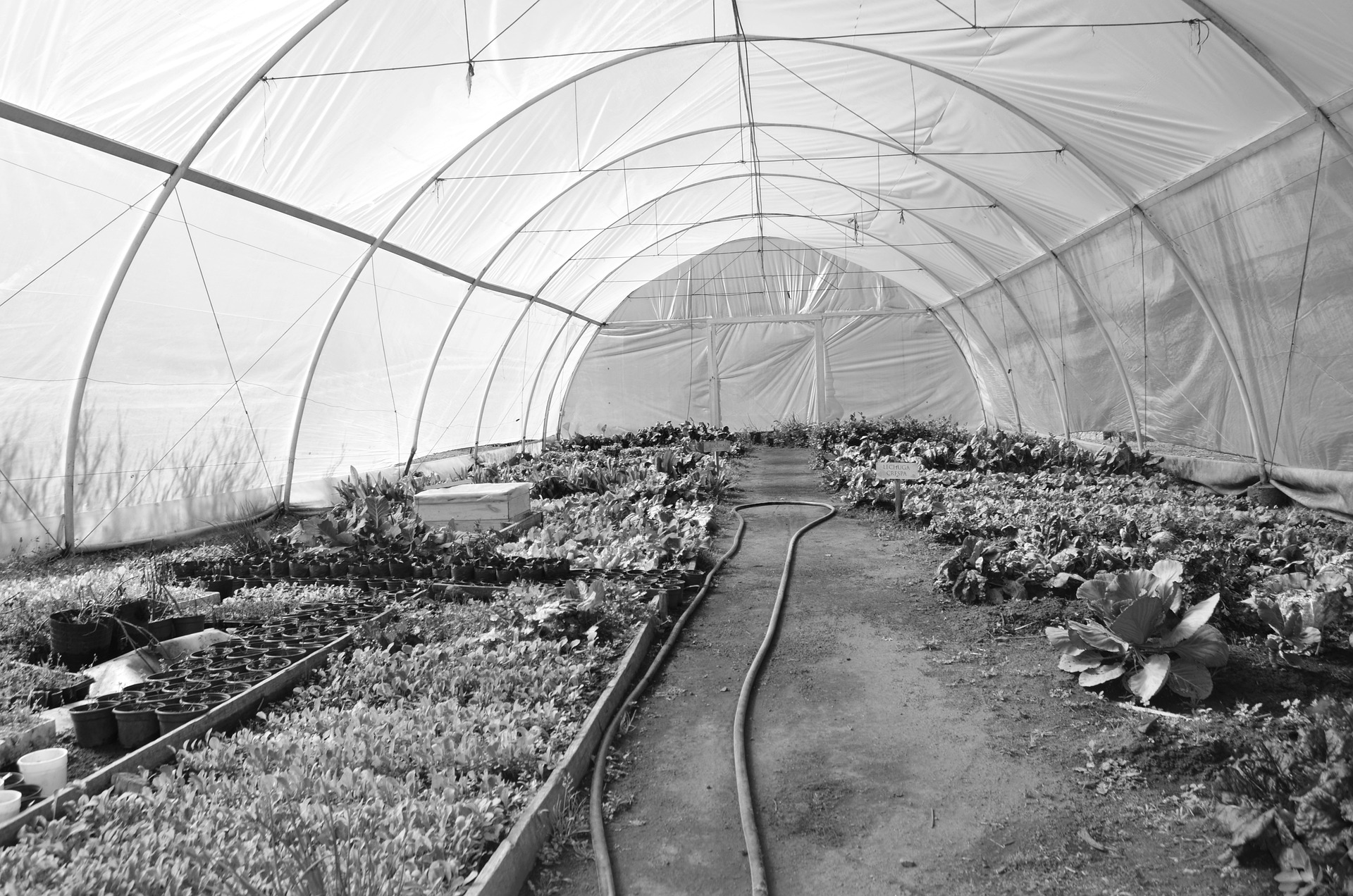It’s only natural for newbies at greenhouse gardening to try to figure out how to clean a greenhouse. One thing’s for sure – no one likes to do it on a cold winter’s day. Although cleaning out your greenhouse may be far from being a glamorous task, you need to do it if you want to enhance your plants’ growing environment.
Did you know that it only takes a year before your greenhouse gets enough dirt, moss, and algae on it to reduce the amount of light that gets through? Other important reasons why you need to get your greenhouse cleaned include getting rid of the pests that are overwintering inside your enclosed space and controlling diseases that may put all of your gardening efforts to waste.

To give you an idea about the proper way to clean your greenhouse, check out the common questions that gardening enthusiasts ask.
When is the Best Time to Clean a Greenhouse?
The best time to do some cleaning is when your crops have already finished. That way, the greenhouse is empty right before you transport your overwintering plants indoors. Although the timing may vary, you can pick a warm sunny day between the months of November and February to clean your enclosed botanical space.
You can also choose to perform greenhouse cleaning based on the plants that you’re growing. For instance, you may clean it out in the winter if you have summer cropping tomatoes. If you’re growing year-round plants that include orchids, you may do your cleaning during the mild spells in autumn in order to maximize light transmission before the winter season comes.
If you’re growing successive and periodic crops or raising seedlings, it’s best to clean out your greenhouse in periods between crops sometime in fall or spring.
What are the Steps Involved in Cleaning the Greenhouse, Gutters, and Water Butts?
Pick a day to get the cleaning done, preferably when the weather is calm and dry.
Greenhouse
The first thing you need to do is to remove the plants. While you’re carrying out the cleaning, be sure to place your plants in a sheltered area with fleece protection.
Next, try to get rid of the dirt and debris with the use of a brush or a vacuum because you clean the structural parts with the use of disinfectant or detergent solutions. Although it’s best to use hot solutions, this would strongly depend on the type of material your greenhouse has. You may also use products that are hydrogen peroxide-based and other domestic cleaning products.
To be sure that you’re doing it right, try to consult your greenhouse manufacturers for cleaning instructions. If you’re trying to clean glazing material, make sure that you wash them inside and out. However, if you’re working on plastic greenhouse material, you need to test the cleaning product on a small inconspicuous spot first to make sure that it won’t cause damage to the glazing.
If you spot anything broken, such as your draught excluders or vent controllers, you need to replace them. Make sure that you pay close attention to equipment and propagation areas.
Gutters
Gutters then to block easily with detritus. To make sure that water can freely flow through the gutters, you need to limit the accumulation of unwanted materials in them.
You can begin by putting on a pair of rubber gloves before you run a hand along the insides of the gutter. Do this to scoop out moss, leaves, and other dead organic matter that may have accumulated over time. You may need to use a wire coat hanger to unblock the top of the fall pipes.
Next, rinse away the dirt with the use of a watering can or a hosepipe before you place a wire mesh cap between the gutter and the fall pipe. This works to trap larger debris.
Make sure that you clean this out on a regular basis. To put the organic debris to good use, place it on the compost heap.
Water Butts
Did you know that water-borne root rots that include Phytophthora can come from the algae that get stuck in standing water? It’s best to clean water butts out at least once a year.
First, you need to tap the button on its side to drain out the water. This will allow you to gain access to cleaning it as the dregs are cleared.
Next, if you can access the inside portion of the water butt, use a coarse brush and a cleaning product to scrub it out. If you can’t reach certain areas, try tying the brush to a stick. Once you’re done scrubbing, rinse it with clean water.
The next step is to refill it before you add the water butt freshener to keep the water algae-free. Each time fresh rainwater gets inside the water butt, and the strength will be diluted. Be sure to perform the treatment process as needed.
Although discolored and smelly water won’t cause damage to your plants, experts recommend the use of tap water for your tender seeds, as well as seedlings. Next, you need to fit the filters to rainwater diverters in order to make sure that the water butts are collecting rainwater that’s clean. If you don’t have any sophisticated equipment available to serve as a filter, you can use old tights.
Lastly, you can keep the water butts free from soil and plant debris contamination if you make use of tight-fitting lids.
A Summary on How to Clean a Greenhouse
Now that you know how to clean a greenhouse, you can finally get on with it. While you’re at it, make sure that you pay close attention to the gutters and the water butts. Have fun cleaning!
